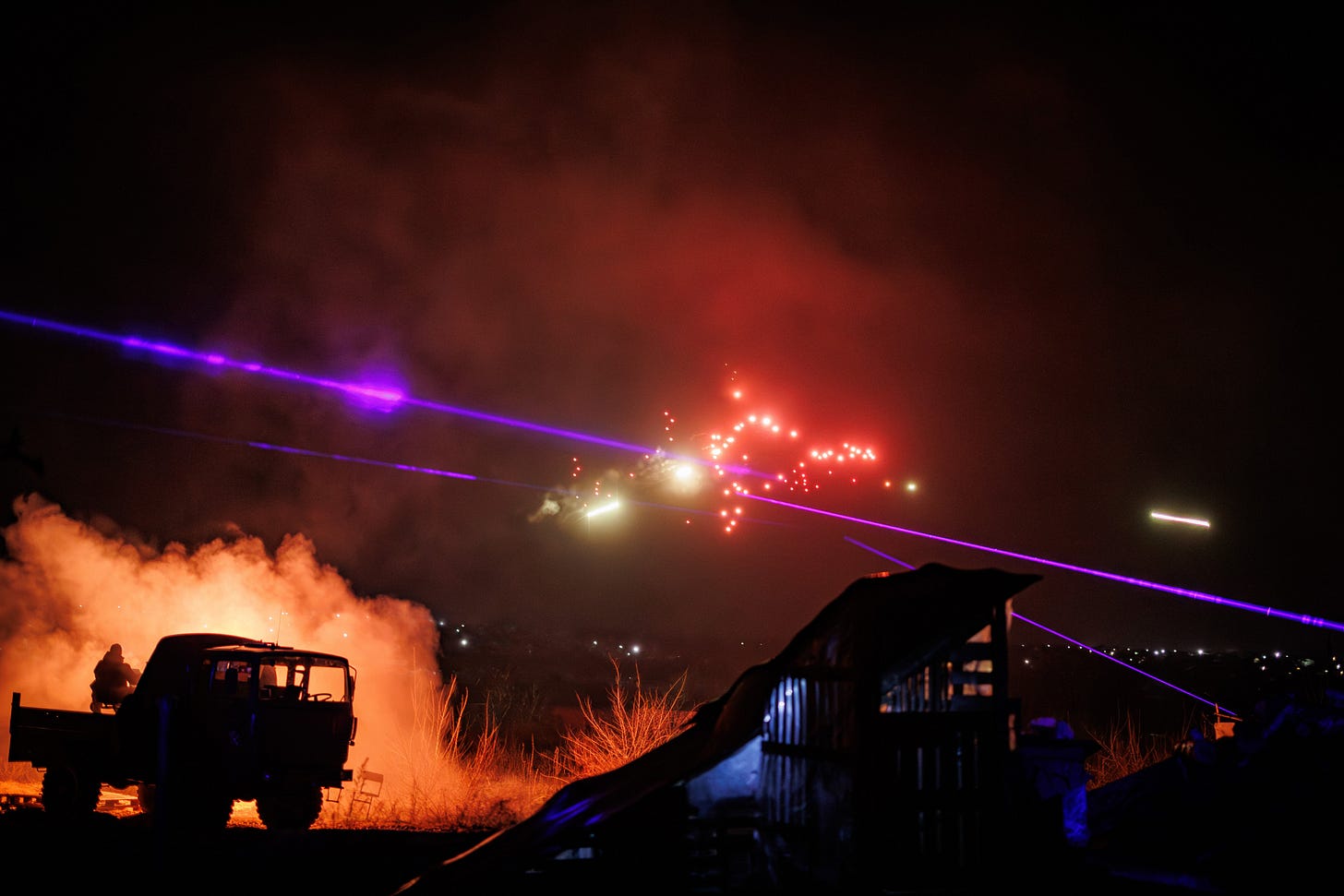Ukraine Has Made Stunning Progress with Battlefield Laser Weapons
The Tryzub is a case study on how to leapfrog advanced nations
For decades, the United States has flaunted its dreams of laser weaponry—glitzy Pentagon presentations, billion-dollar research projects, and dramatic sci-fi-inspired concept art.
And yet, when it comes to putting lasers on the battlefield, the US has somehow managed to make little actual progress. Meanwhile, Ukraine, fighting a war of survival with a fr…
Keep reading with a 7-day free trial
Subscribe to Eyes Only with Wes O'Donnell to keep reading this post and get 7 days of free access to the full post archives.



